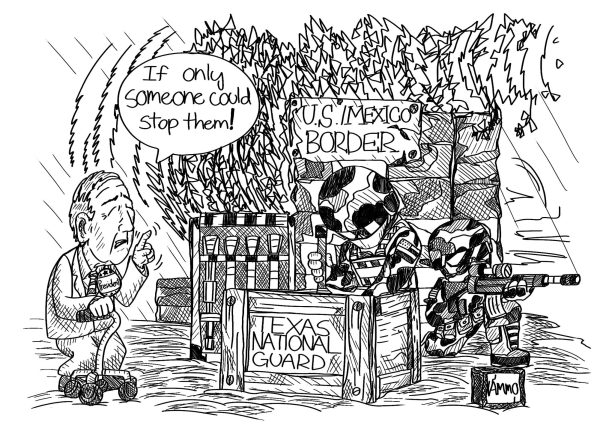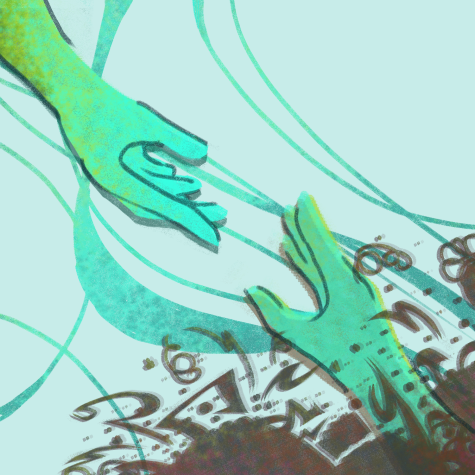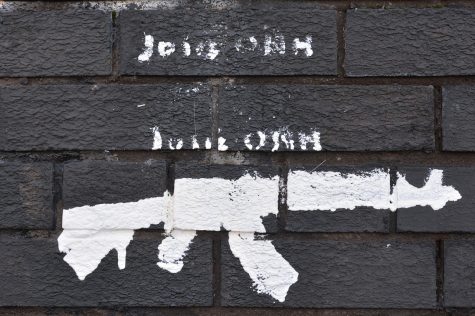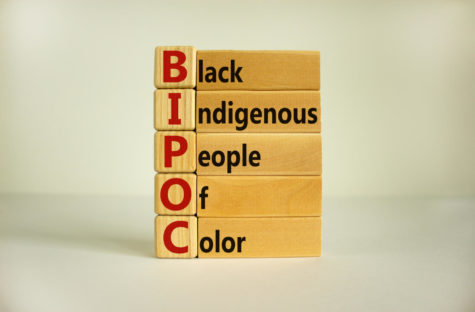Why Critical Media Literacy Matters: Dr. Allison Butler Talks Digital Tech and News Consumption in Higher Education
Diablo Valley College welcomed Dr. Allison Butler on Oct. 20 for “Building Media Literacy in Higher Education,” a critical media literacy workshop held both virtually and on-campus. The event was hosted by the DVC Journalism Department, Social Science Interest Area and Project Censored.
“We learn so much about our world from the media,” Butler said during the event. “It is one of our biggest socializers, it’s one of our biggest educators, and yet young people very rarely have the formal education in that.”
Butler, a senior lecturer and director of the Media Literacy Certificate Program at the University of Massachusetts Amherst, teaches courses on critical media literacy and representations of education in the media.
“Media literacy… is the ability to access, analyze and produce a variety of media,” Butler said during the opening of the workshop.
But, “What does it mean to engage with the media?” Butler asked, speaking of the importance that educators work with students to encourage their continuous questioning of the media narrative. “Critical media is going to ask us to take a step back and say, ‘How do we know this?’”
Critical media literacy involves exploration of the “behind-the-scenes” ownership, production and distribution of the media, explained Butler. That process “is really where the money is, because that’s where the power is.” Engaging in critical inquiry when reading a text, and asking questions about context, impact and known facts, is a key part of critical media literacy, she added.
Butler admitted that “oftentimes, teaching news to young people can in and of itself feel pretty alienating, because news is not built for young people,” she said, emphasizing that media narratives mostly fail to address issues facing youth and college students.
“We hear a lot about things that do matter to them,” such as student debt and debt forgiveness, she said, “but not from the place where they live.”
Butler also explored the growing role of digital technologies now being used to monitor students in higher education, which is “done under the guise of ‘convenience,’ safety, and legal protections.” She cited the internet-based plagiarism detection service Turnitin, the Salesforce Marketing Cloud, and learning management systems such as Canvas as so-called “surveillance technologies.”
“All of these platforms monitor and sell student and staff data, and often without the active consent of users,” Butler said. Instructors’ usage of Turnitin implies a lack of trust in their students, she said; at the same time, data, including language and vocabulary, is routinely captured from student work and used in advertising.
The use of surveillance technologies in schools can also further stigmatize struggling and at-risk youth, schools and communities. “It sells their behavior. It sells their immigration status. It sells their supposed mental health status,” Butler said, “all at a profit for the corporation.”
Critical media literacy may help consumers foster a better understanding of the digital technologies being used in today’s academic setting, Butler explained, and the key is breaking down the tools and technology that feel ubiquitous and impenetrable. But in order to do this, a consumer must question the media being consumed.
Media are constructed, said Butler, with the foremost goal being profit. Understanding what role consumers play is important to expand critical media literacy; so is the analysis and physical deconstruction of the media in order to make sense of its meaning. Butler mentioned one of her in-class activities: dissecting women’s fashion magazines to show her students how much of the publication is composed of advertising.
Knowledge of who engages with what media, and in what context, is also vital to the educated and responsible intake of that media. “Again, so much of how we’re known is through this digital environment,” Butler said, calling critical media literacy “a kind of a continuous project of self-reflection.”
Students have told Butler that their social media usage has made them feel sad and stressed, with “so much pressure to be on all the time, but they can’t turn it off,” she said. With social media fluency translating into job opportunities in the employment landscape, and peer pressure forcing an online presence, students “don’t want to be doing this, but they don’t know how to not do it,” said Butler.
Awareness about the media industry, the context in which we consume media, and the implications of who owns and distributes that media, are vital to engaging with it in a critical way. “How do texts get to audiences?” asked Butler, “and how can audiences create their own media?” When audiences create their own media, she added, it’s potentially a way to push back against “the system.”
Butler’s workshop featured a slideshow highlighting the main concepts of critical media literacy, including an infographic dated 2018 that showed the media landscape and ownership of news. AT&T/Time Warner, Comcast, Disney, and Verizon were some of the familiar corporations with a large presence on the graphic. Butler also presented a chart that displayed news outlets and their political bias, from one extreme to the other.
Focusing on topics that reflect the issues facing minority students is also something that Butler believes should be tackled in the college environment.
During the presentation, Butler introduced discussion topics and writing activities that she said could help foster greater critical media literacy, like asking students whether they knew the distinction between real news versus fake news; what news students and their families consumed; and whether they could dissect a news story to determine who was actually interviewed and quoted, and how the story was reported.
“A quote implies some degree of power, or some degree of authority,” Butler said.
Instructors in journalism courses can implement student news journals that identify the slant, bias and frame of news stories, Butler said. They can also ask students to compare stories with varying biases, and ask them how the media changes when it is in newspaper, digital or other form.
Understanding representation in contemporary media, including how college instructors can use media about education to understand race, class, and technology, was another topic covered during the workshop. She included in the discussion a current “mockumentary” series that takes place in a Philadelphia public school and two well-known films about education that possess “a narrative of the white teacher as the savior of at-risk students of color.” As Butler pointed out, this contrasts with media that portray wealthy white students attending palatial campuses yet rarely showing up for class.
Media representations of students of color are changing, Butler explained, giving examples of television shows that have majority-minority casts and do not pathologize queer or disabled characters. However, Butler pointed out weak spots in the television shows’ inclusivity.
Butler also touched upon ways college instructors can include critical media literacy across the curriculum, including in math, science and other subjects. She included information about both educator and student resources.
“I think critical media literacy matters for classrooms, because classrooms are the space where change can be made,” Butler said. While she acknowledged there are multiple definitions of “classrooms,” from digital to in-person, she reiterated that the educational space can be a catalyst for change—and that critical media literacy matters.
“It’s so hard to analyze what we live inside of, so critical media literacy is asking us to take a few steps away,” she said. “Just back up a little bit and look at that text, look at that series, look at that individual episode, look at that scene.”
(Illustration by Ericka Carranza)














































































